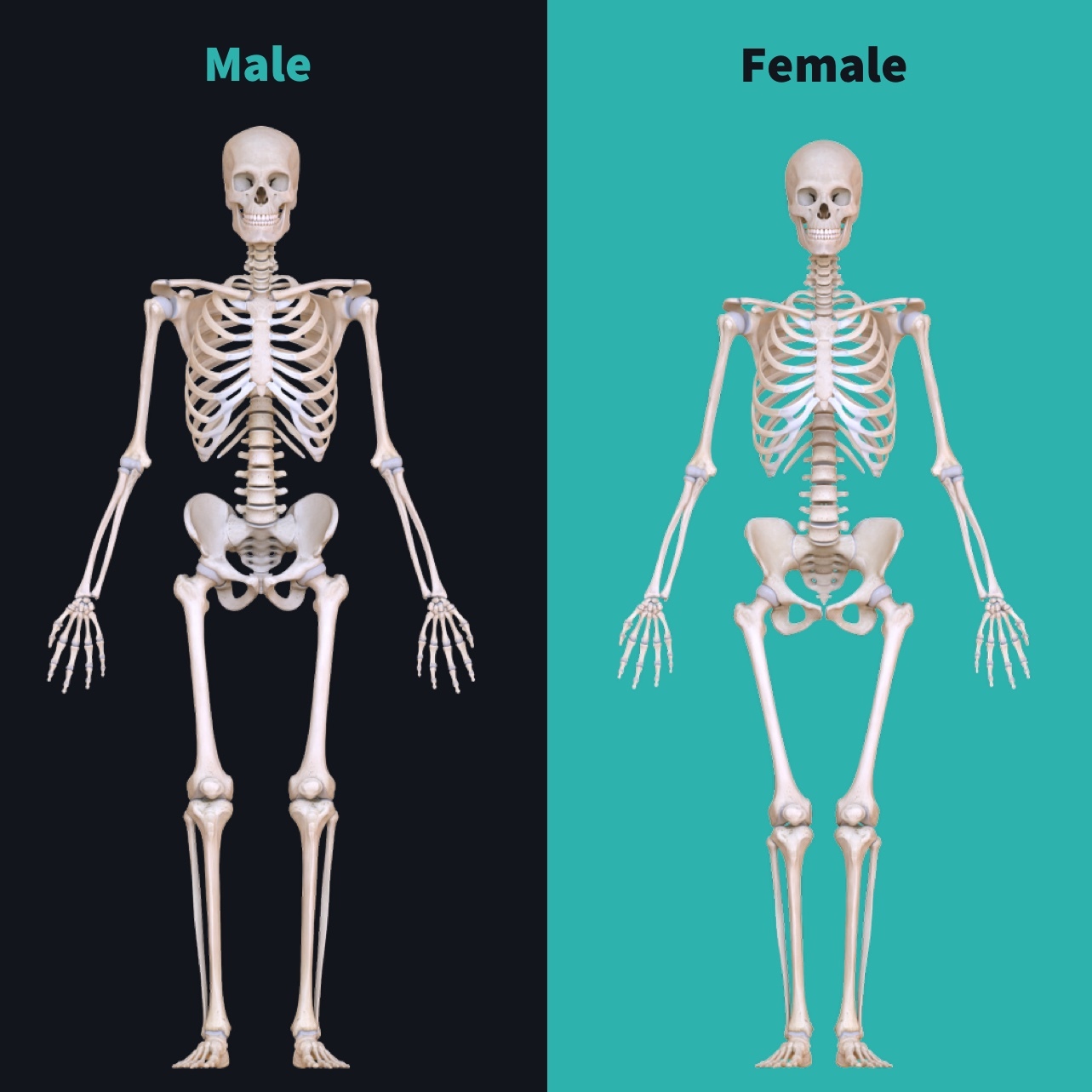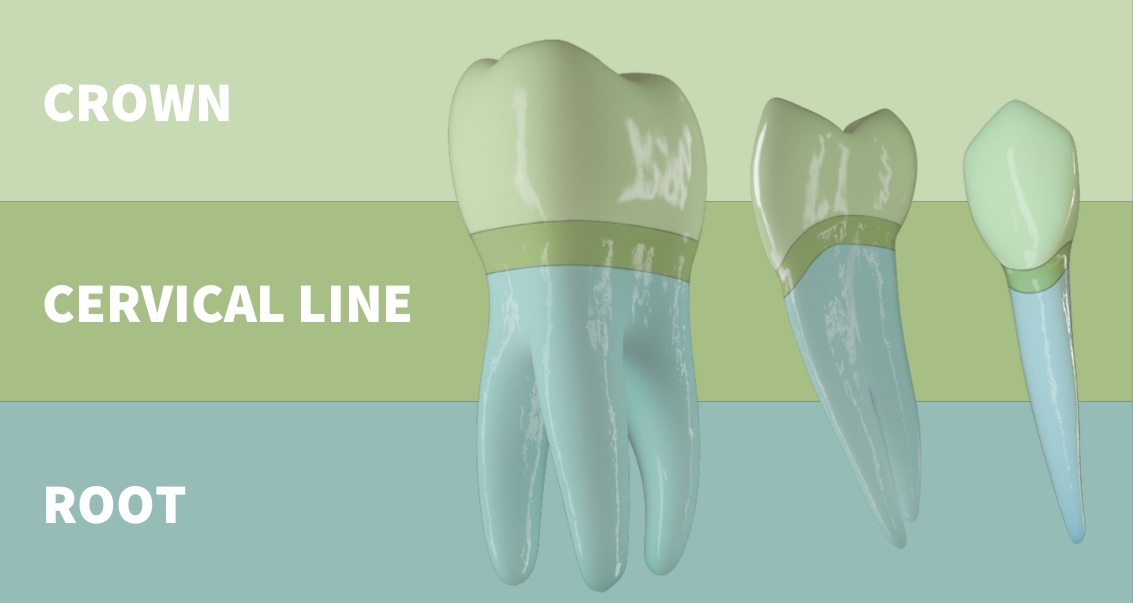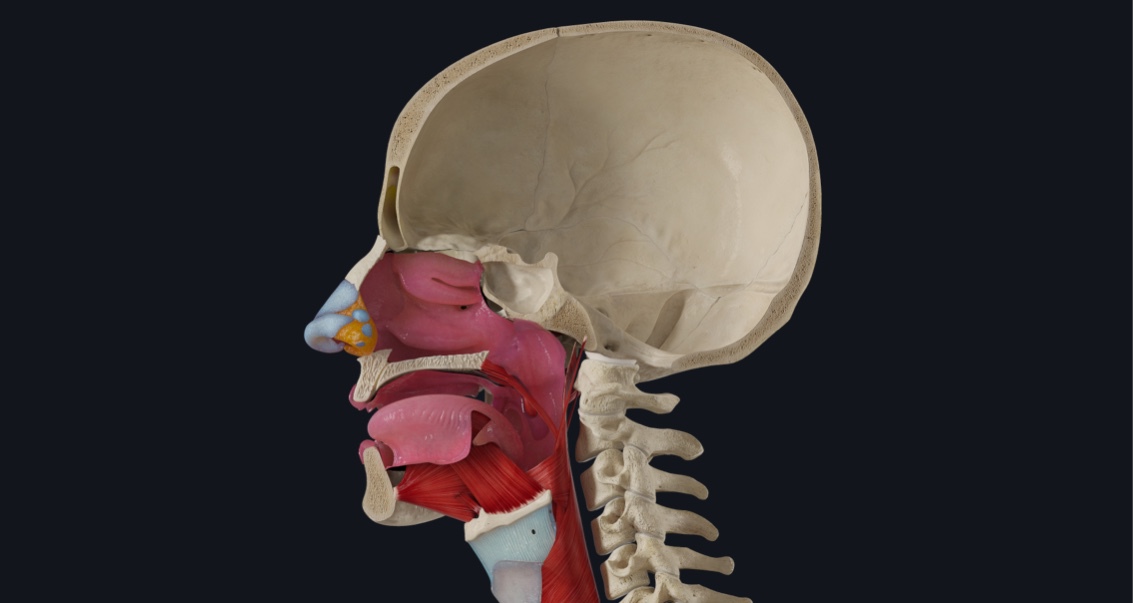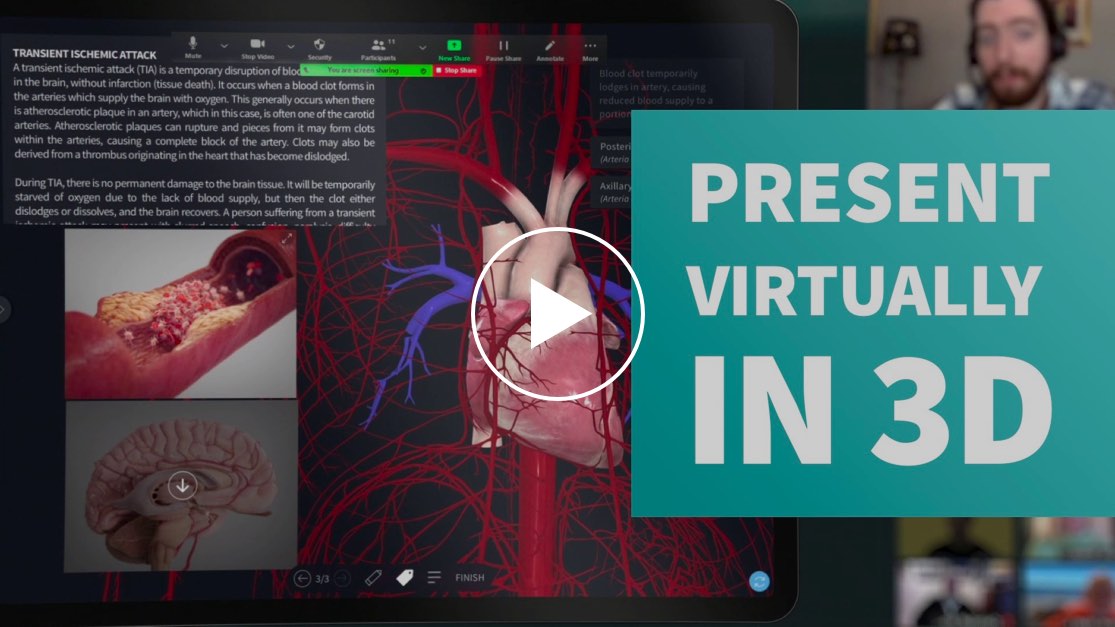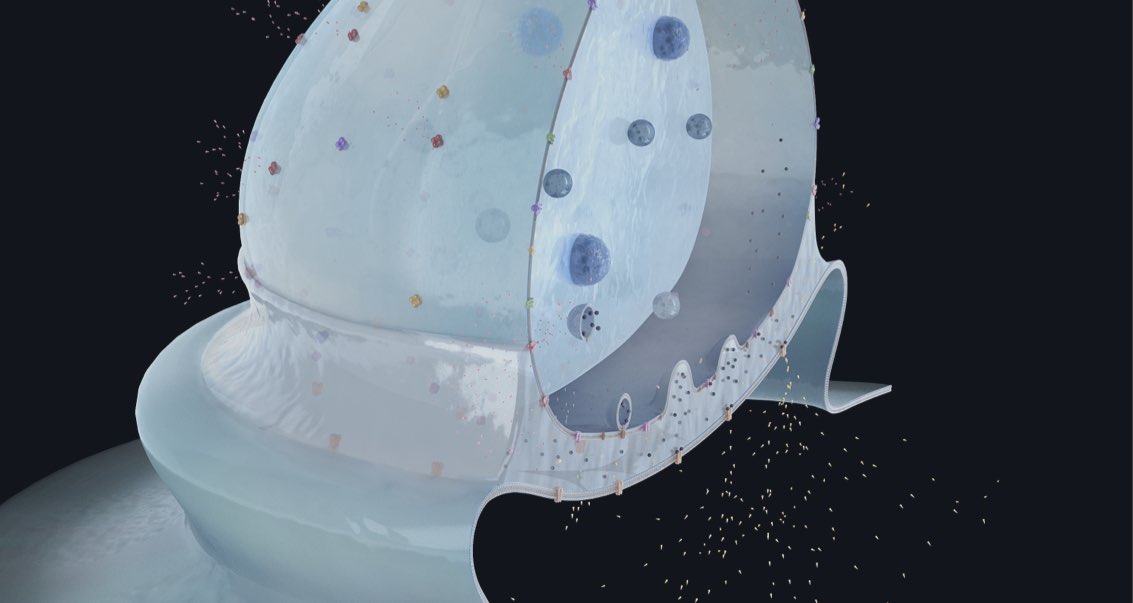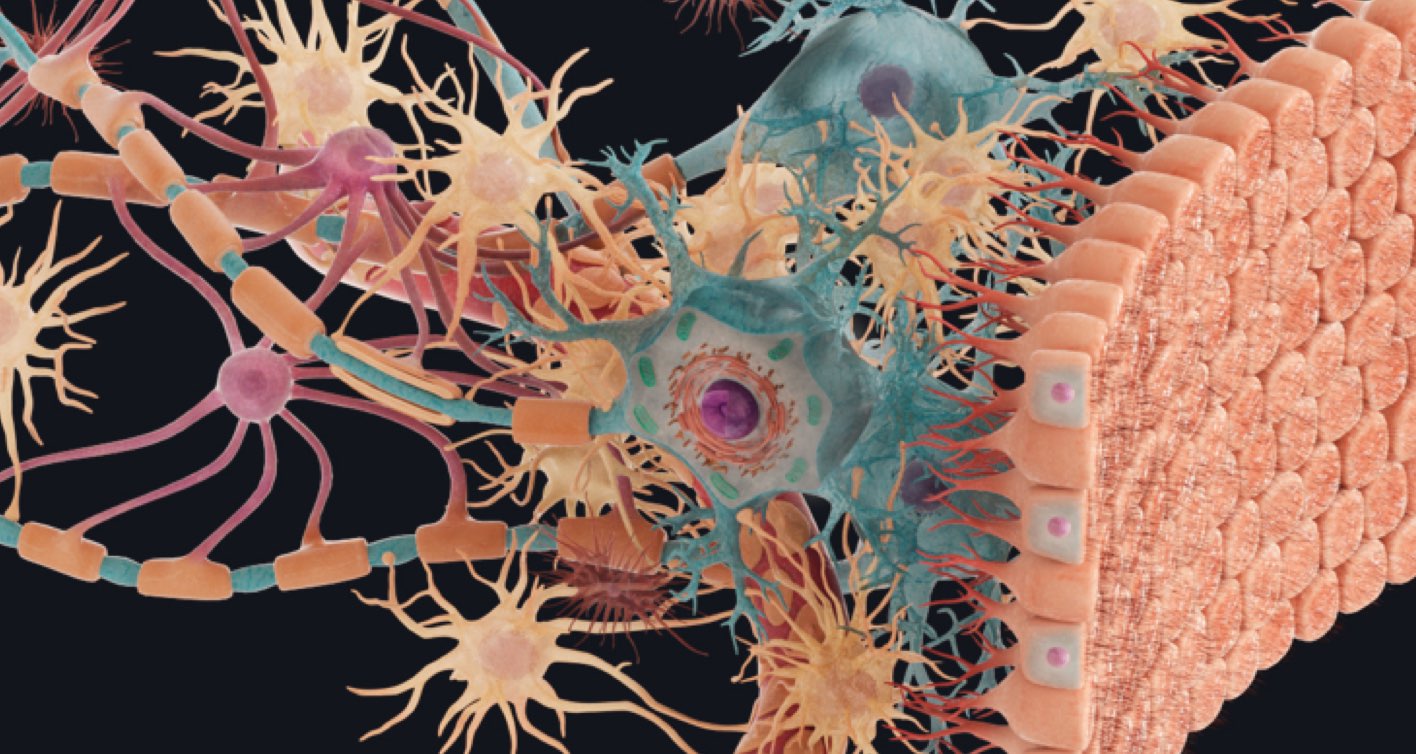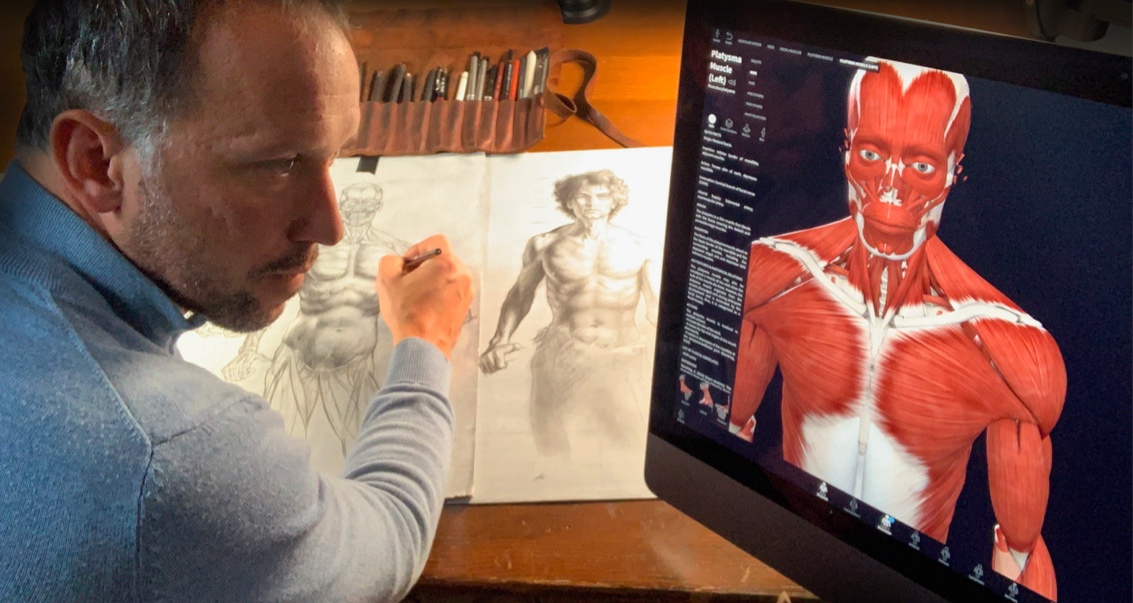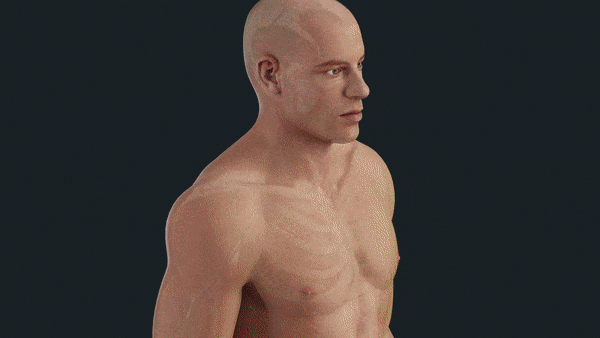
Transform your learning in 2021 with the world’s most advanced 3D anatomy platform. Let’s dive in to find out what new updates landed in January! New: Radiology region – upper limb See how you can study the radiology of the upper limb and correlate its structure to the 3D model. Facilitate your ability to link your […]Leer artículo

